Adm. Cecil D. Haney, Strategic Command's (Stratcom) senior leader, said during remarks at a nuclear deterrence conference that despite arms control efforts, hypersonic weapons are among several threatening strategic trends emerging in the world.
China has conducted four flight tests of a 7,000 mile-per-hour maneuvering strike vehicle, and Russia is developing high-speed weapons and reportedly tested a hypersonic weapon in February.
Haney said the Pentagon is developing capabilities that can be used to counter hypersonic arms.
Stratcom is in charge of U.S. nuclear weapons and warfighting, and is tasked with protecting and countering threats to strategic space systems and cyberspace, which is used for command and control of both conventional and nuclear weapons.
China was testing extreme maneuvers of the mach 10 (7860 mph) prototype.
Unlike ballistic rockets that re-enter in a predictable path, a hypersonic weapon would be able to constantly change direction.
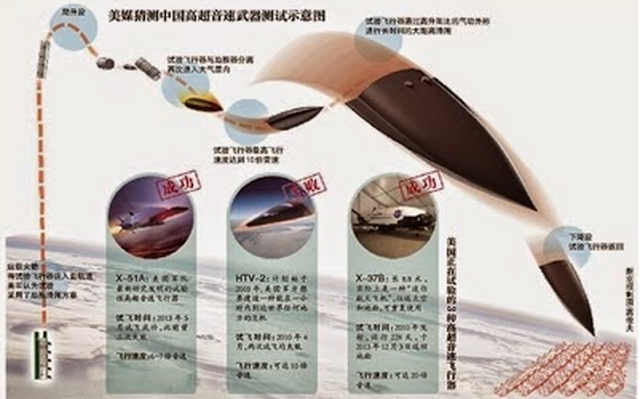
© unknown
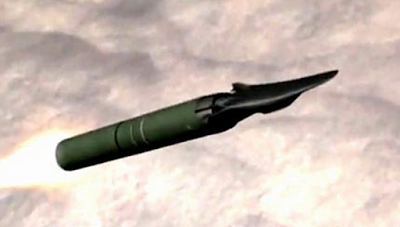
© Unknown
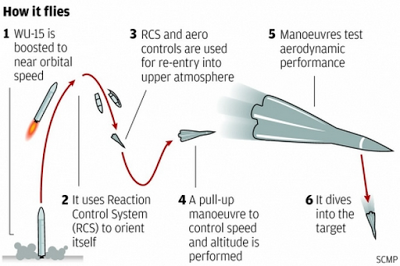
© Unknown
of its hypersonic missile on February 26, but it was unsuccessful.
Pavel Podvig, a co-author of the Jane's report, said that the flight test was released atop an SS-19 missile into near space. The missile was launched from the Dombarovsky missile base. The hypersonic vehicle is part of the secret program Project 4022. Over the past five years, Russia has stepped up efforts on its hypersonic missile program to penetrate the U.S. missile defenses.
Russia could produce up to 24 nuclear-capable Yu-71 between 2020 and 2025. Russia is planning to deploy both nuclear as well as conventional configuration. The United States is also developing a hypersonic missile for its Prompt Global Strike program.
Even though both Wu-14 and Yu-71 are nuclear capable, the Chinese program has been more successful.
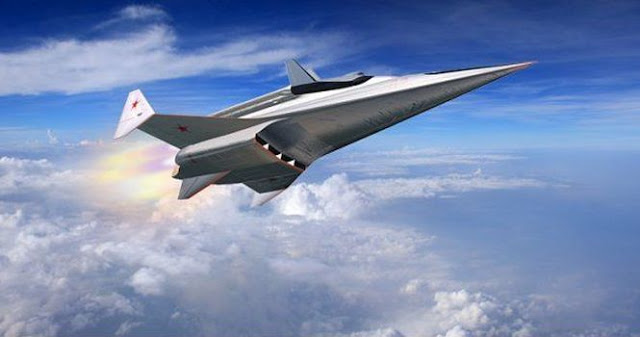
© Unknown
deploy on a modified Peacekeeper land-based ballistic missile—a system known as the conventional strike missile (CSM). In FY2008, Congress created a single, combined fund to support research and development for the CPGS mission. Congress appropriated $65.4 million for this program in FY2014 and $95.6 million in FY2015; the Obama Administration has requested $78.8 million for FY2016.
The US Army is also developing a hypersonic glide vehicle, known as the advanced hypersonic weapon (AHW). Like the HTV-2, the AHW would use a hypersonic glider to deliver a conventional payload, but could be deployed on a booster with a shorter range than HTV-2 and, therefore, may need to be deployed forward, on land or at sea.
DOD plans to spend a total of $887.5 million over the next five years. The increase supports planned flight tests in 2017 and 2020.
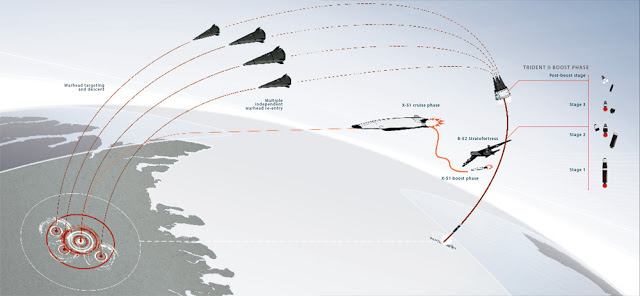
© Unknown
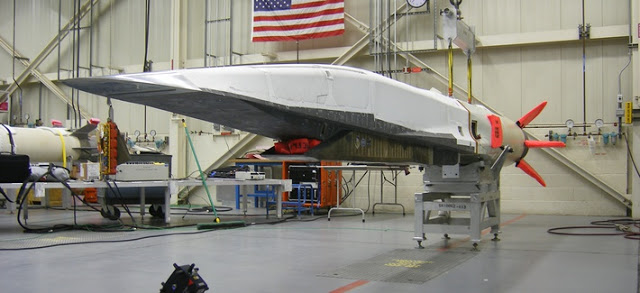
© Unknown
The National Air and Space Intelligence Center has testified to Congress that China's hypersonic glide vehicle will be used to deliver nuclear weapons. A variant also could be used as part of China's conventionally-armed anti-ship ballistic missile system, which is aimed at sinking U.S. aircraft carriers far from Chinese shores.
Russian officials have said their hypersonic arms development is aimed to penetrate U.S. missile defenses.
China has conducted four tests of what the Pentagon calls a Wu-14 hypersonic glide vehicle. The four tests over the past several years are an indication the program is a high priority for Beijing.
The Pentagon is also developing hypersonic vehicles, both gliders and "scramjet" powered weapons. A year ago, an Army test of a hypersonic weapon blew up shortly after launch from Kodiak Island, Alaska.
Stratcom also must protect space assets and cyberspace in a conflict, he added.
At least Russia's Honest.
"Russian officials have said their hypersonic arms development is aimed to penetrate U.S. missile defenses."
Meanwhile, the US is so full of self-declared 'patriotic' idiots - said idiocy being possessed unawares and undeclared- that when that paragraph is flaunted out of context, they will (be said) to have demanded that the US encircle Russia with EVEN MORE nukes, et al.
From a (official story) Cold War perspective, what the US is doing is stupid. It makes Nixon/Kissinger rapprochement with China - (thereby helping to keep our potential enemies from joining together) - appear genius. {Once again, see Orwell's 1984 for being far, far ahead of its time.}
I realize that a good bit of above is too much based on an extension of 'conventional political thought,' and that perhaps it's all a silly charade. Maybe it has been decided that now is time for Russia to APPEAR to be the good guys. Why? One example: Charles Fort's concept that 'we are someone else's property,' and they're just trying to keep the cattle (us) from rioting too much.* Another would be that the choice is made my some human controlling group of PTB/self-declared 'elites'; et alia, ad infinitum.
R.C.
*[If that's the case, I could live with it, for if we are such 'cattle', our and the Earth's continuing existence apparently have some value to our unknown-to-us 'owners'. That said, they wouldn't want us destroying THEIR property - i.e., Earth, and to a likely lesser degree of concern to said owners: 'us.' - TOO much. Just like humans let a pig pen be a pig pen, so long as the swine are happy and not trampling down the fence, the house, and the neighbors' gardens, etc. - And that's just one of infinite possibilities.]
RC